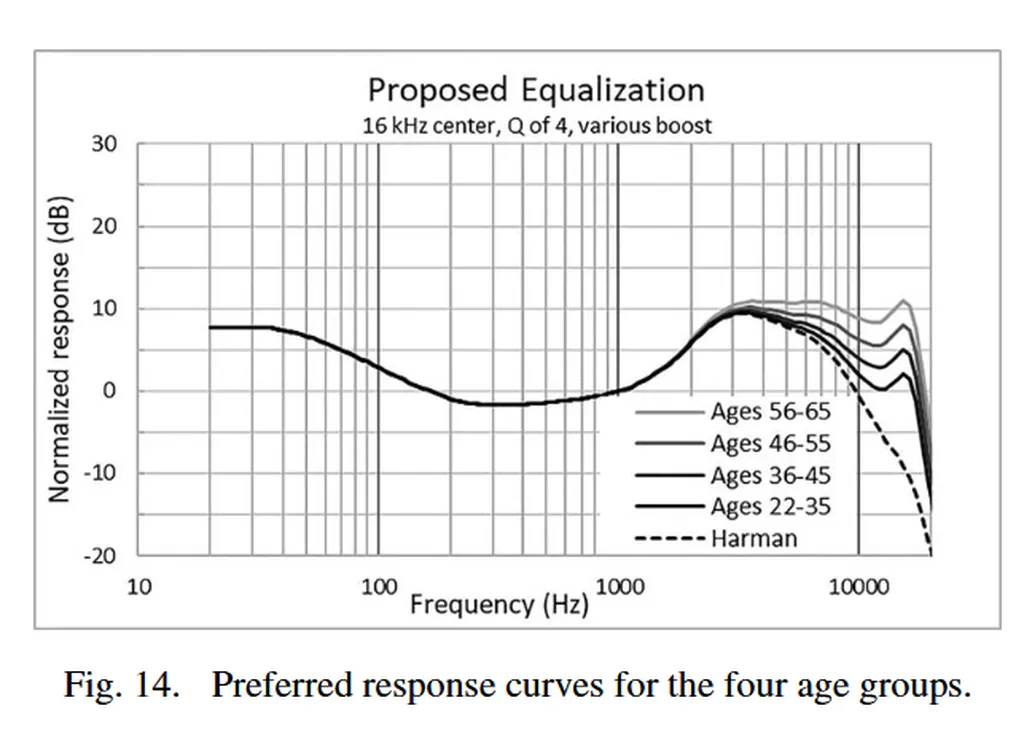In the heart of Texas, a digital revolution is underway, and with it, a growing concern for the environment. Data centers, the unsung heroes of our digital age, are sprouting up across the Lone Star State, drawn by its robust infrastructure, favorable electricity markets, and business-friendly conditions. But as these centers hum with activity, they’re also humming a tune of environmental impact, according to a recent study led by Ebrahim Eslami, whose affiliation is not specified.
The study, published in arXiv, sheds light on the air quality and greenhouse gas emissions from these data centers, with a particular focus on the music tech industry’s digital backbone. It’s a complex symphony of emissions, with electricity consumption and cooling systems playing the loudest notes. A 10-megawatt data center, for instance, can generate about 37,668 metric tons of CO2 annually. That’s like having 7,800 cars on the road for a year, constantly streaming music.
But the environmental impact doesn’t stop at greenhouse gases. Local air quality is also taking a hit, often overlooked in the shadow of climate change. Diesel backup generators, construction equipment, and even commuting to these facilities contribute to local air pollution. Generator testing alone can emit about 12 metric tons of NOx annually per facility, exacerbating ozone issues in regions like Houston and Dallas-Fort Worth. It’s a stark reminder that our digital music consumption has physical, tangible impacts.
So, what’s the solution? The study suggests a multi-faceted approach. Advanced cooling systems, renewable energy procurement, cleaner backup power sources like fuel cells and batteries, sustainable construction, and standardized reporting could all help mitigate these environmental impacts. It’s a call to action for the music tech industry to embrace greener practices.
Looking ahead, the Electric Reliability Council of Texas (ERCOT) forecasts a significant increase in data center load by 2030, potentially leading to a substantial rise in CO2 emissions. However, the study also highlights the potential for aggressive adoption of renewables and advanced technologies to cut emissions by 50 to 80 percent. This could mean a significant reduction in the carbon footprint of our digital music consumption and production.
For the music industry, this research could influence everything from music production to creative tools. Imagine AI music tools that not only create but also calculate and offset their carbon footprint. Or streaming platforms that invest in renewable energy to power their data centers, offering a greener listening experience. It’s a future where the music industry doesn’t just entertain, but also contributes to a healthier planet.
The study also identifies research and policy gaps, including the need for cumulative air dispersion modeling, air quality-specific regulations, and mandatory efficiency standards. It’s a reminder that as we embrace the digital age, we must also strive for a sustainable one. After all, the music of the future should be a harmonious blend of innovation and environmental stewardship.




